Affiliate links on Android Authority may earn us a commission. Learn more.
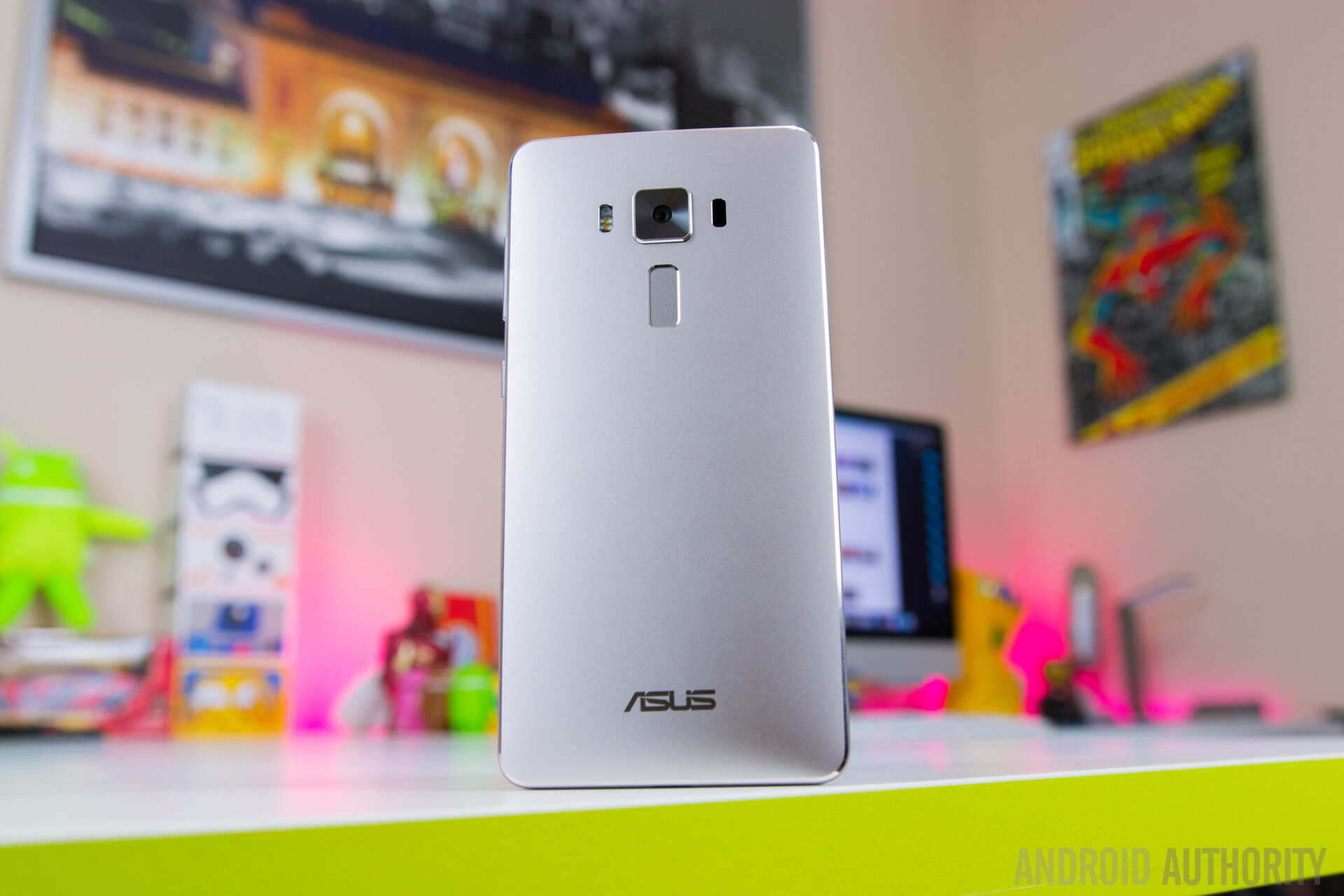
Asus ZenFone 3 Deluxe
What we like
What we don't like
Our scores
Asus ZenFone 3 Deluxe
ASUS made quite a splash in January last year with the mid-range ZenFone 2, with the device offering impressive specifications and features that were coupled with a very budget-friendly price tag. This is a practice that has becoming increasingly common since then, with a lot of OEMs jumping on the “high quality, affordable price” bandwagon, and has also become a growing trend in the flagship space as well.
This year, ASUS has released a high-end Deluxe edition along with the two mid-range ZenFone 3 variants, to better compete in this growing smartphone category. Is ASUS’ latest flagship offering a compelling option in the face of stiff competition? We find out, in this comprehensive ASUS ZenFone 3 Deluxe!
Design
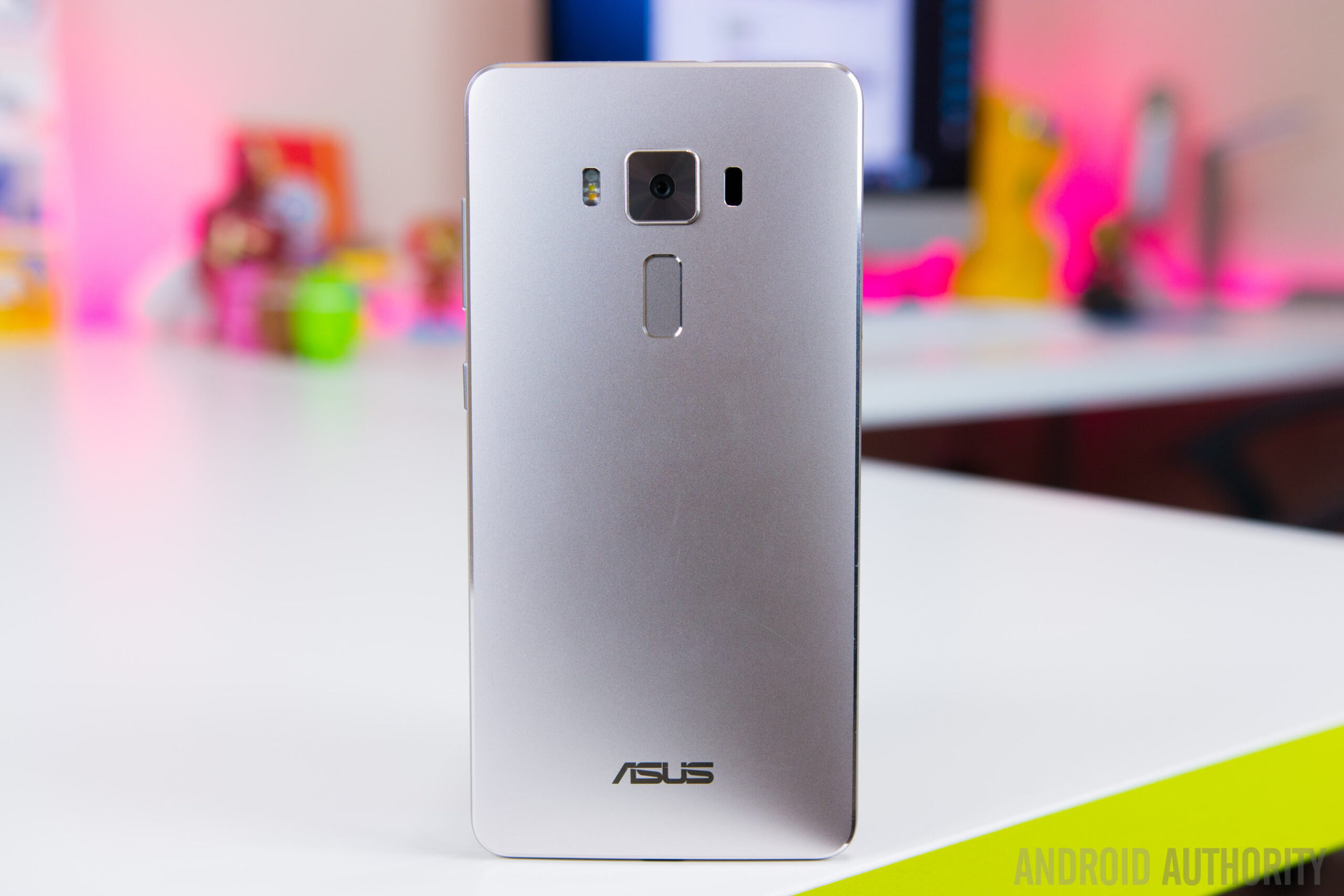
Expectations are high when a word like “Deluxe” is tacked on to the name of a device, and the ASUS ZenFone 3 Deluxe does deliver in terms of design. As expected from a flagship smartphone, the build quality of this device is fantastic. Unlike its mid-range siblings that utilize a metal and glass construction, the Deluxe edition features a full metal unibody design.
Chamfered edges around the front and back, a sloping, curved back, and rounded corners and sides all make for a device that provides a smooth and comfortable feel in the hand. It is fairly thin, with a thickness of just 7.5mm, which gives it a sleek look, but even more impressive is the fact that the ZenFone 3 Deluxe features a truly full metal construction.
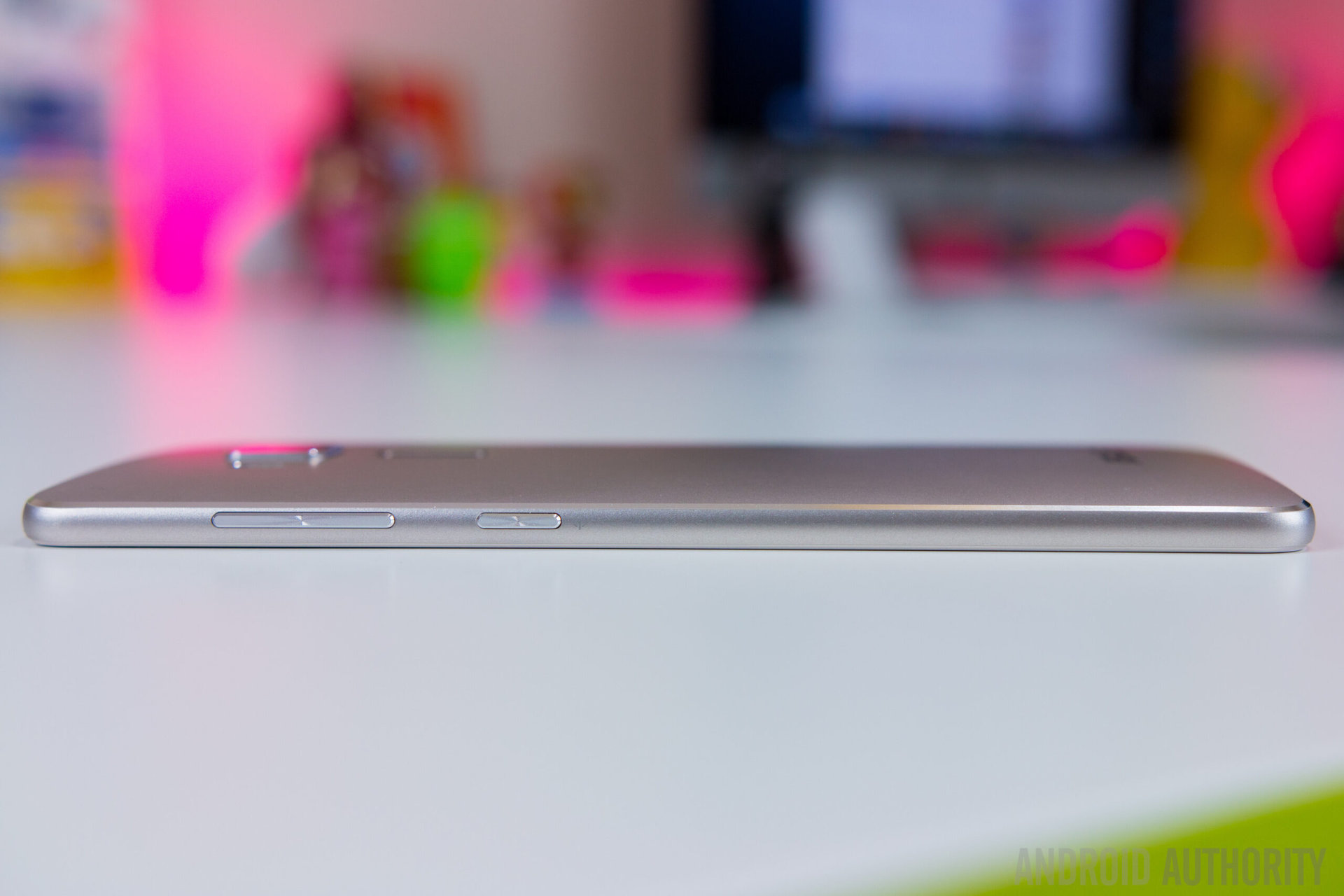
You won’t find any plastic antenna lines as is seen with every other smartphone with a metal body, and ASUS claims that this is the first smartphone to achieve this. This choice doesn’t seem to inhibit the phone’s ability to pick up a wireless signal, which makes you wonder why we haven’t seen this already, especially from much larger OEMs.
Like previous ZenFone devices, you will notice ASUS’ signature pattern of concentric circles above the display, on the bottom chin, and along the power button and volume rocker that are both located on the right side. Up top is the headphone jack, and at the bottom are the USB Type-C port and a single speaker unit. On the left side is the SIM and microSD card combination slot.
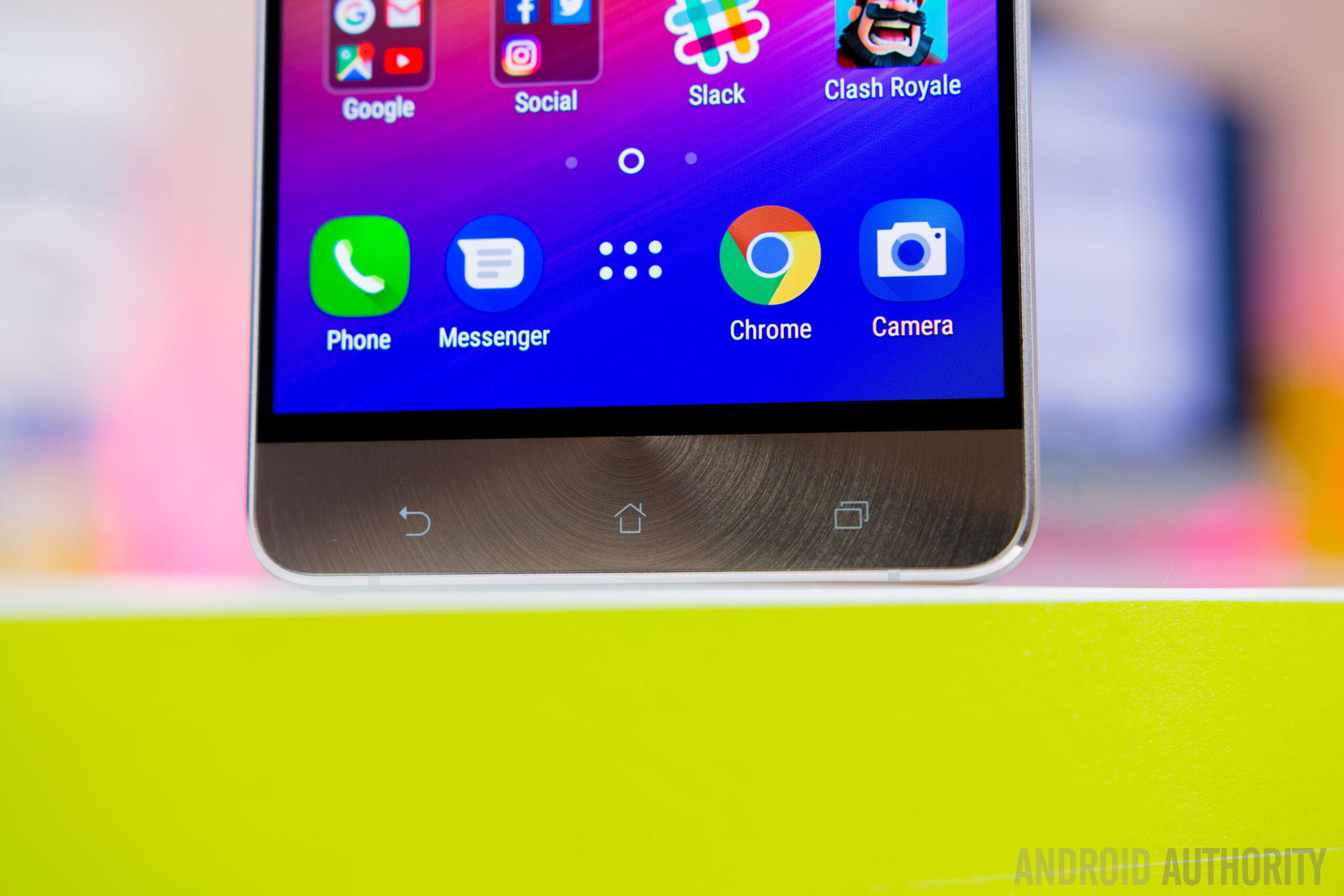
The device uses capacitive navigation keys, but instead of embedding a fingerprint scanner into the capacitive home button up front, ASUS decided to keep the sensor on the back. The fingerprint scanner features a thin rectangular design which is unlike the circle or square sensors that we are used to seeing with other smartphones.
Display
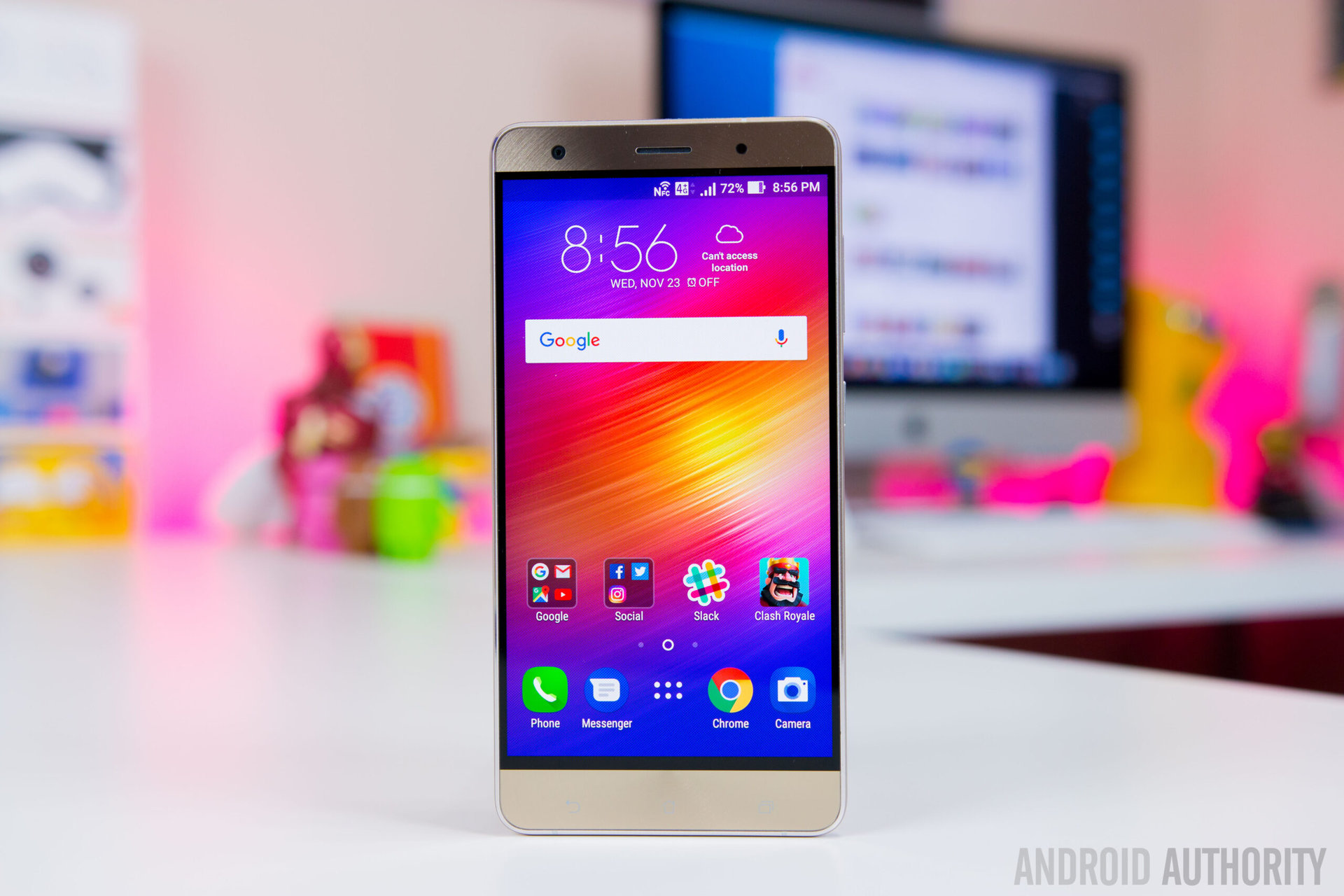
The ZenFone 3 Deluxe comes with a large 5.7-inch Super AMOLED display with a 1080p resolution. This screen is not going to stack up to a Quad HD display in terms of sharpness, particularly if you are planning to use this phone for VR, but it certainly more than gets the job done and actually looks really great.
You get bright and vibrant colors, excellent viewing angles, high contrast, and deep, inky blacks, which are expected features of a Super AMOLED display. The large display makes it the perfect size for playing games and watching videos and movies. It also comes with some handy features that are becoming increasingly common, including a blue light filter, and the ability to tweak the display and color settings to have the screen look the way you want it.
Performance
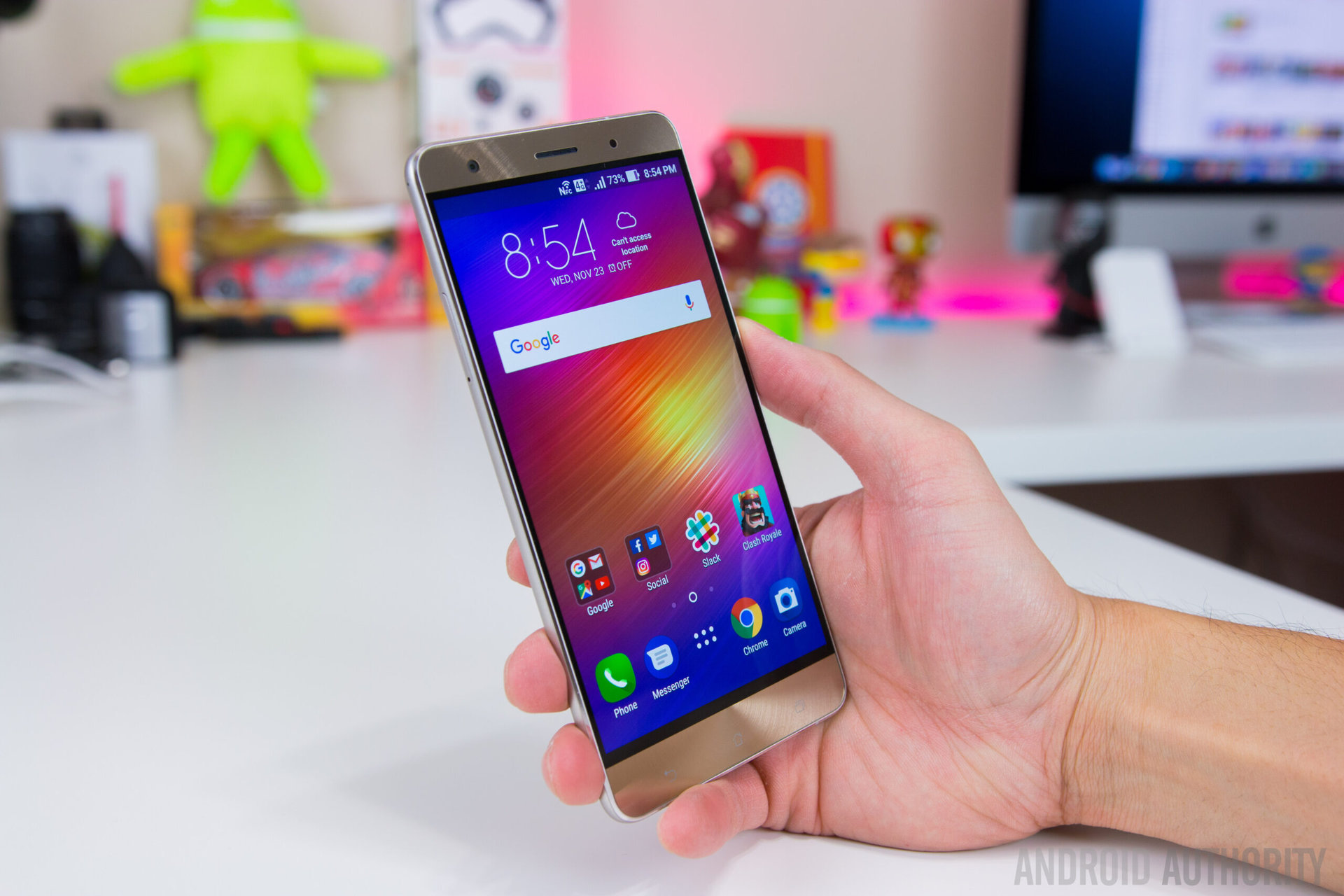
Under the hood, the ZenFone 3 Deluxe comes with a Qualcomm Snapdragon 820 processor that is backed by the Adreno 530 GPU and a whopping 6GB of RAM. This is the processing package that powers the majority of 2016 flagships, plus more RAM than the standard, so unsurprisingly, performance isn’t an issue with the smartphone.
The device handles everyday tasks like opening, closing, and switching between apps, browsing the web and social media, and a whole lot more, without a hitch. Gaming is very enjoyable, and multi-tasking is a breeze. You can easily have numerous apps open in the background, including a couple of games, without any signs of slowing down. Despite ASUS’ heavily skinned version of Android, the ZenFone 3 Deluxe manages to provide a very fluid experience.
Hardware
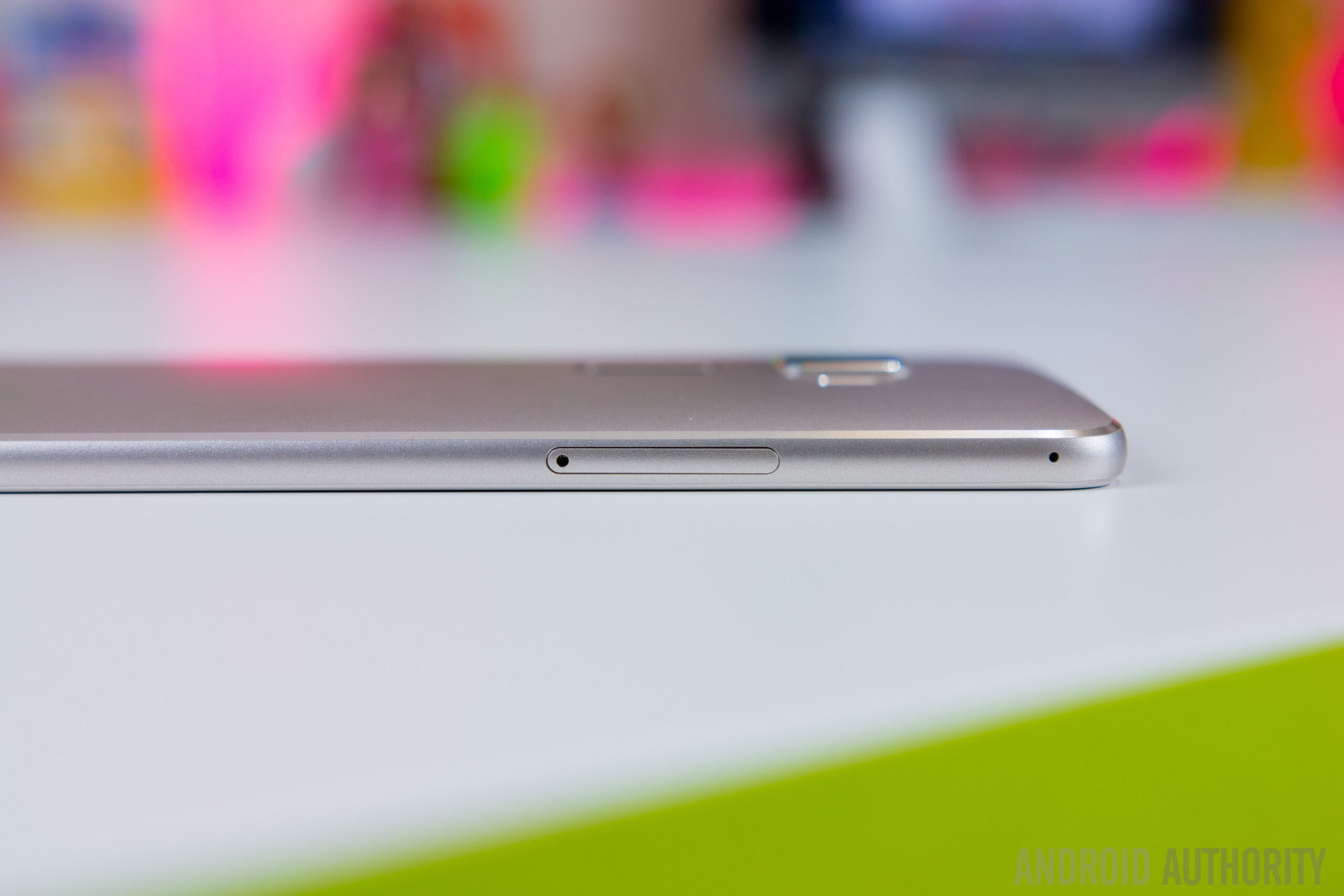
64GB, 128GB, and 256GB are the options available in terms of built-in storage, which is further expandable up to an additional 256GB via microSD card. However, keep in the mind that the second SIM slot doubles as the microSD card slot, so users will have to choose between dual SIM capabilities or expandable storage.
As mentioned, the device comes with a single speaker unit at the bottom which sounds fine and gets decently loud. It’s not going to compare to a phone with stereo or front-facing speakers though, and as is the case with any bottom-firing speaker, it is very easy to cover up when holding the device in the landscape orientation.
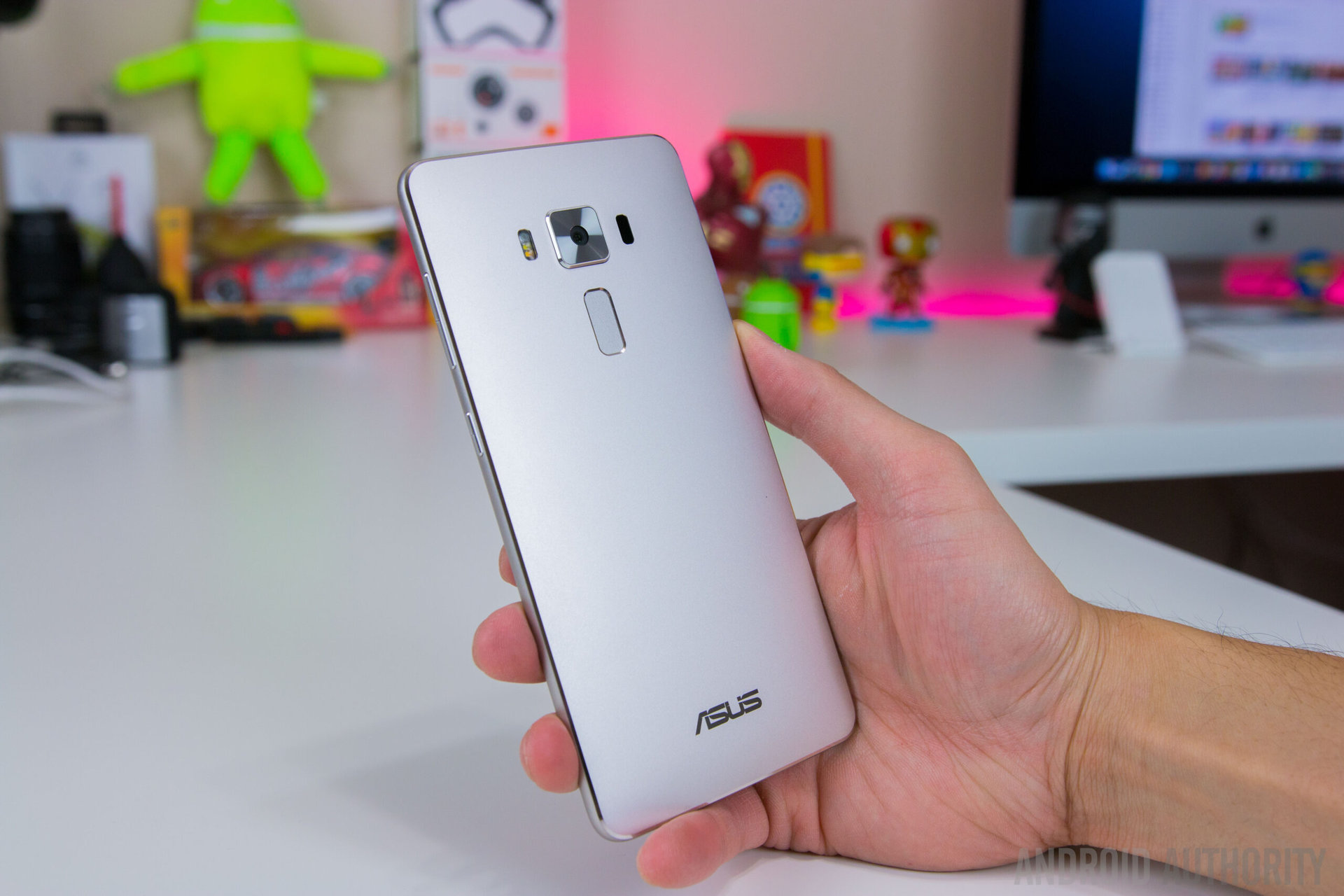
The different design of the fingerprint scanner from the back doesn’t take away from how accurate it is, with it able to unlock the device every single time. However, it isn’t the fastest sensor out there, and there have been a few instances where it took two to three seconds to wake and unlock the phone. I’m also not a fan of the fact that there is no haptic feedback or vibration when using the scanner, so there is no way to tell that you are actually unlocking your phone when you are doing it blindly.
The ZenFone 3 Deluxe comes with a decently-sized 3,000mAh battery, but in my experience, the battery life leaves much to be desired. Light usage will allow for a full day of use, but even slightly heavier usage that involves watching videos on Youtube and playing games will mean that you will need to charge your device in the middle of the day.
Heavy gaming will cause rapid battery drain with any smartphone, but I noticed that it was much faster with the ZenFone 3 Deluxe when compared to other flagship smartphones I’ve used recently like the Galaxy S7 Edge, Google Pixel, and OnePlus 3T. The phone typically lasts about 8 to 9 hours off the charger, which is significantly shy of what I would normally expect to get a full day’s worth of use. The phone does support Qualcomm Quick Charge 3.0 though, so at least it doesn’t take a long time get it back to a full charge.
Camera
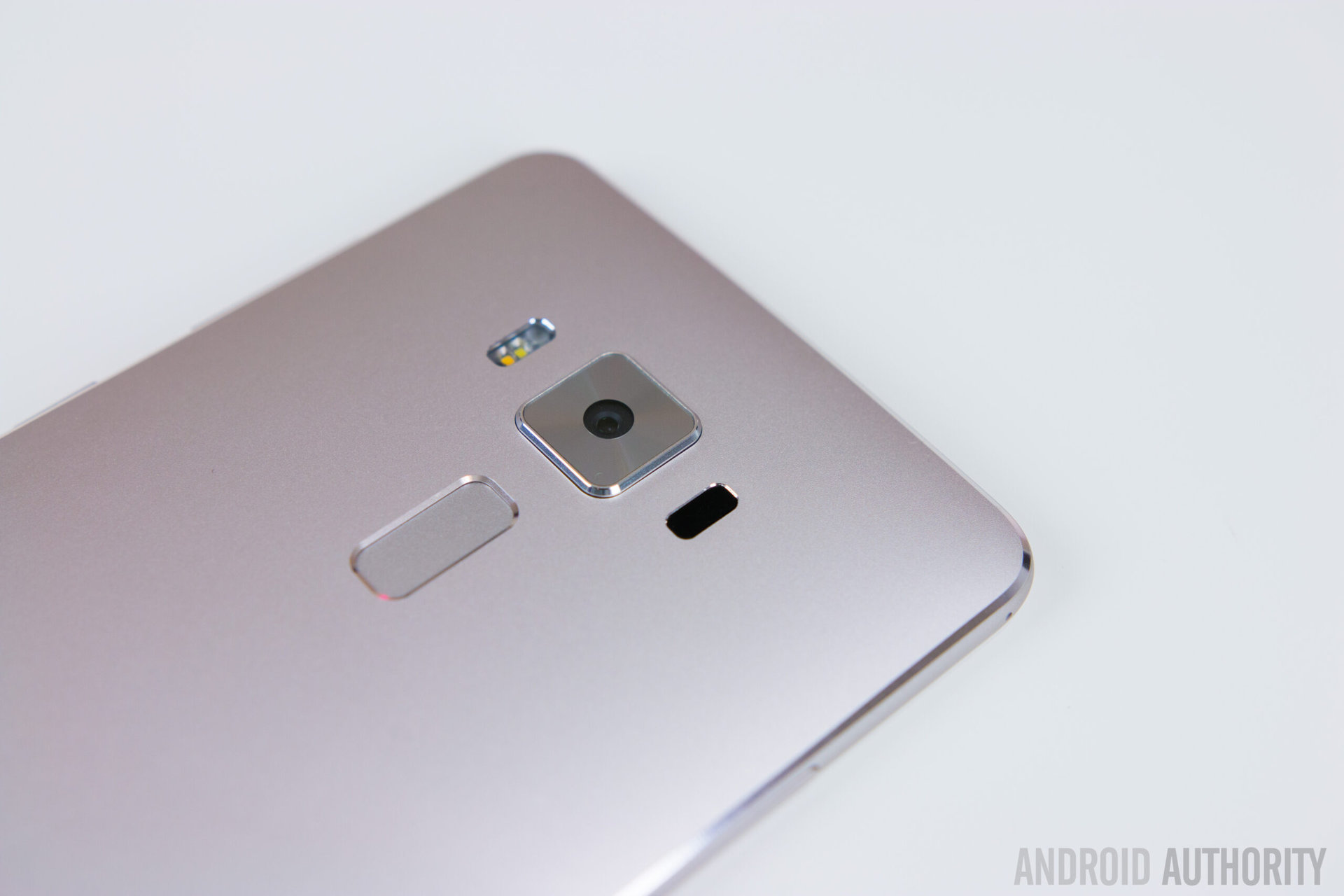
The Deluxe comes with a 23MP rear camera with a f/2.0 aperture, optical image stabilization, and a laser autofocus system. Up front is an 8MP shooter with the same aperture, and it works pretty well to cover all your selfie needs. A slew of beauty mode settings to take a better selfie are available to use with the front-facing camera, that can hide blemishes, change your skin tone, widen your eyes, and thin out your face.
The camera app is packed with a variety of features, and comes with 20 different shooting modes, including beautification, low light, depth of field, timelapse, and more, so there is a whole lot you can do with this camera. The built-in manual mode is surprisingly well fleshed out. Apart from the usual granular controls for white balance, exposure, ISO, shutter speed, and focus, you also get a built-in histogram and a horizontal level so you can get a perfectly straight shot every time.
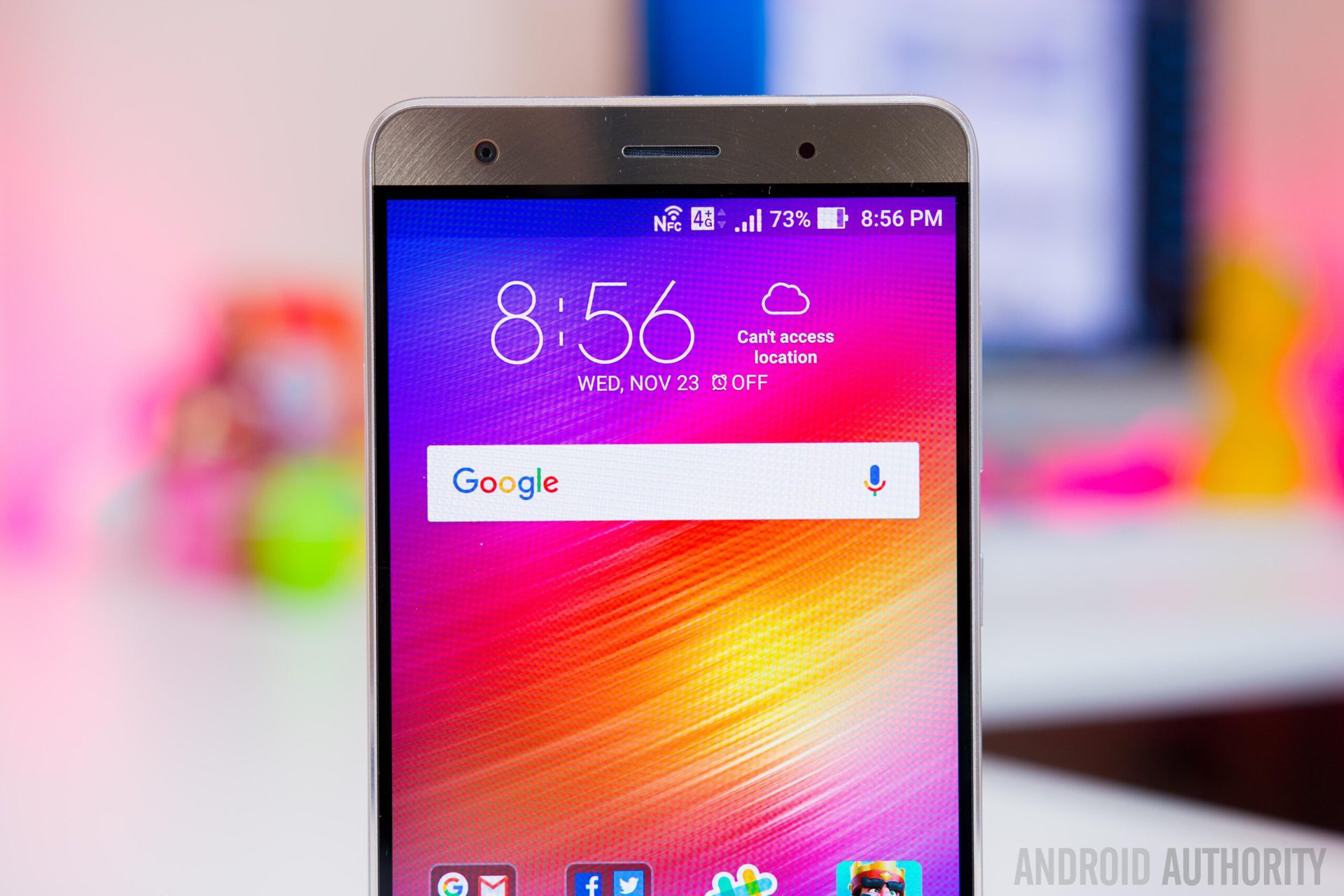
With a 23MP shooter, you might expect the photos to be very well detailed, but that unfortunately just hasn’t been the case. The color reproduction and dynamic range are pretty good, but the images lack a lot of detail and sharpness, even in daylight shots. Shots do look fine overall, but zooming in is when you can really see the detail start to break down, and everything just appears rather soft.
In well-lit lighting conditions, the shutter is nice and fast, but in low-light conditions, it slows down drastically. The image quality also deteriorates and OIS doesn’t seem to be of any help here. There is a lot of noticeable noise and blooming in the highlights, and the overall image is just soft and lacking in detail or sharpness. It takes a good two or three seconds for the camera to capture a shot in low light, and that makes it really difficult to get a shot that was in focus. Any movement before you are sure that the camera has taken the picture will result in a blurry image.
What is impressive about the camera experience is all the features and shooting modes that are available, but quality of images it is able to capture is a little underwhelming to say the least.
Software
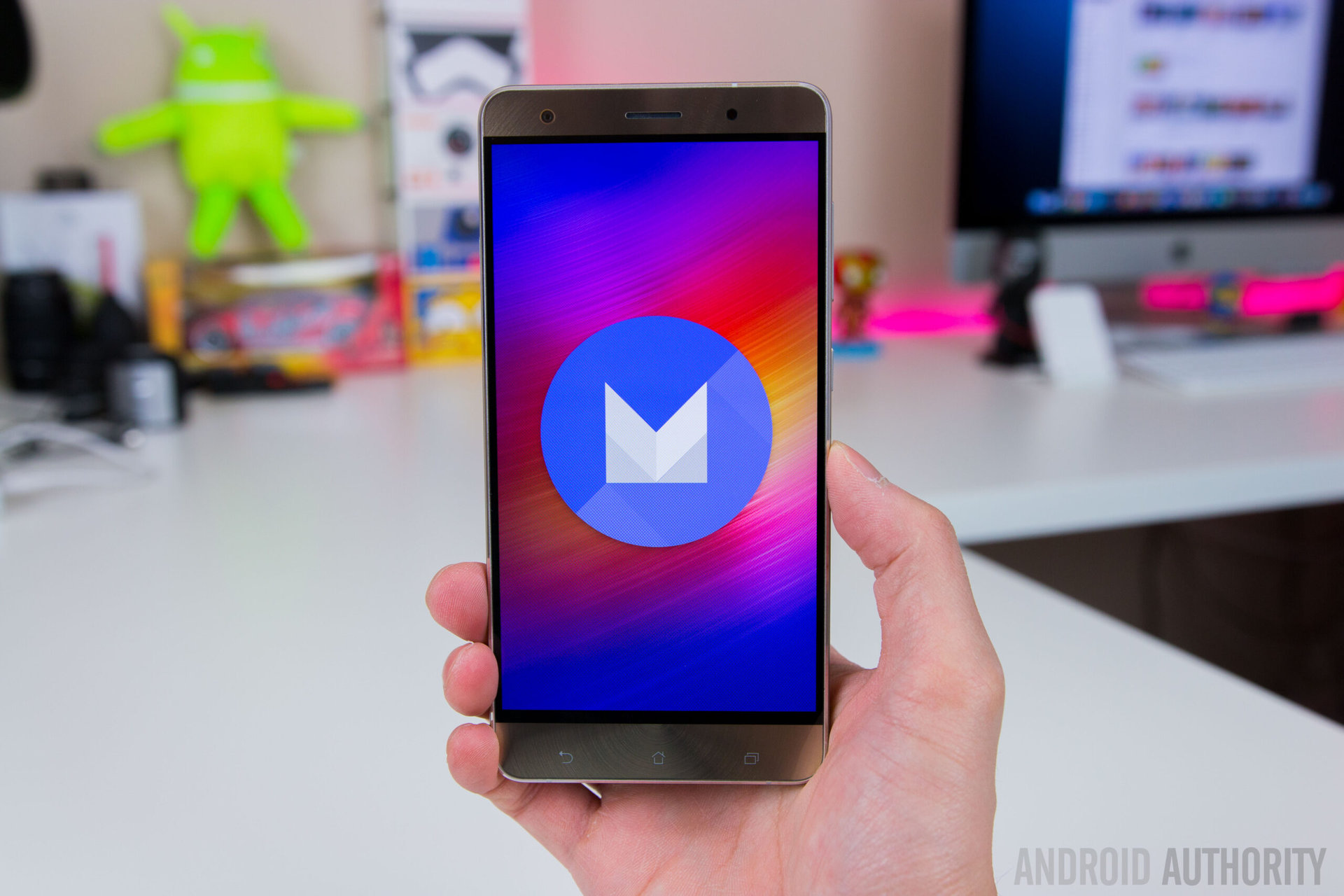
On the software side of things, the ZenFone 3 Deluxe is running Android 6.0.1 Marshmallow with the Zen UI on top. While many OEMs have been streamlining their user interfaces, AUS has gone in the opposite direction. Zen UI changes a lot of the Android experience, and comes jam packed with a ton of features which may or may not be all that useful.
If you prefer something more simplistic, the Zen UI can certainly feel a touch overwhelming. Some of the elements also feel slightly outdated. For example, the app drawer still houses all the widgets, which we haven’t seen on stock Android since the Ice Cream Sandwich and Jelly Bean days.
The out of the box is also very animation heavy, and while they do look good and flashy, some of the animations are quite long and can make something as simple as opening an app from a folder take more time that it should. You do have the option some of these, like the home screen scroll effects and folder animations to something shorter, but if you stick with the regular settings, it will make the experience feel a lot slower.
Zen UI is very reminiscent of Samsung’s TouchWiz from a few years ago. It is very bright, colorful, has a lot of cartoonish icons, and comes pre-installed with a handful of ASUS’s own bloatware applications. The experience can feel incohesive and bloated, but it isn’t all bad. There are some features that are useful, such as double tap to wake and sleep, a one handed operation mode, and a robust themes store that lets you change the look and feel of the UI.
Specifications
| Display | 5.7-inch Super AMOLED display 1080p resolution, 386 ppi |
|---|---|
Processor | 2.15 GHz quad-core Qualcomm Snapdragon 820 Adreno 530 GPU |
RAM | 6 GB |
Storage | 64/128/256 GB expandable via microSD card up to 256 GB |
Camera | 23 MP rear camera, f/2.0 aperture, OIS, laser autofocus, dual LED flash 8 MP front-facing camera, f/2.0 aperture |
Connectivity | Wi-Fi 802.11 a/b/g/n/ac Bluetooth 4.2 NFC GPS + GLONASS IR USB Type-C (USB 3.0) |
Battery | 3,000 mAh |
Software | Android 6.0 Marshmallow |
Dimensions | 156.4 x 77.4 x 7.5 mm 170 grams |
Gallery
Pricing and final thoughts
So there you have it for this in-depth look at the ASUS ZenFone 3 Deluxe! The device is priced at $499.99 which isn’t a bad price tag, but there are several other smartphones out there like the Axon 7 and the new OnePlus 3T that undercut this price, while offering very similar experiences.

The ZenFone 3 Deluxe features a beautiful design, a great looking display, and comes with a ton of features, but so do a lot of other smartphones, and the Deluxe just falls short in too many key areas to make it really stand out from the crowd.